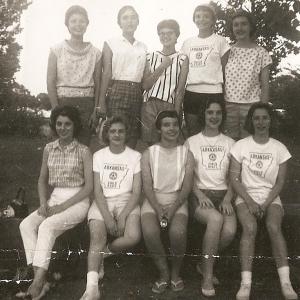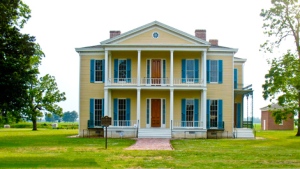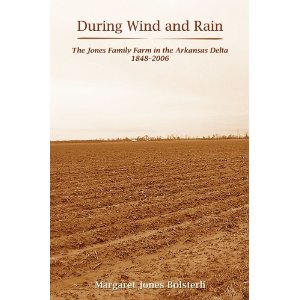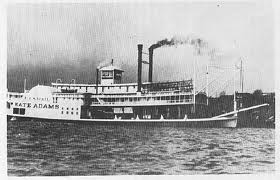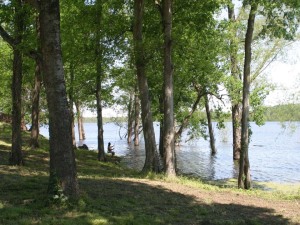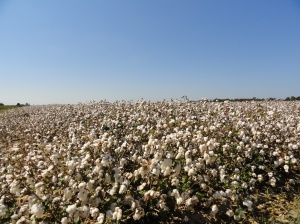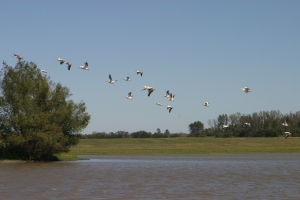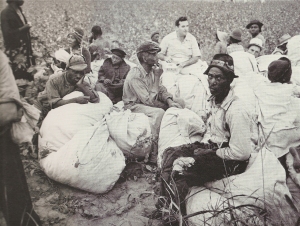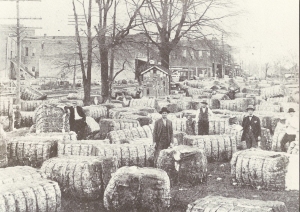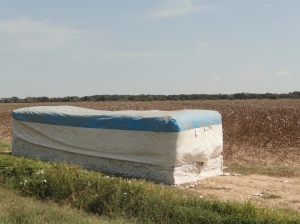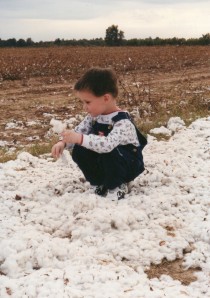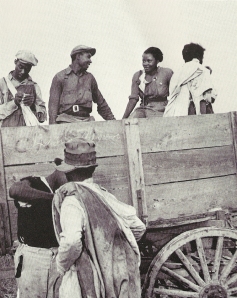“The journey is the destination.”
—Paraphrase of Jeremiah 29:11
on plaque in Christian bookstore
In this second of two posts of quotes about home I continue to examine that subject with an emphasis on returning home after all these years.
At the end of the post is a rather long but crucial quote from the British children’s book The Wind in the Willows. It summarizes everything I am trying to say in these posts about home and the powerful and irresistible pull that it exerts on my life.
I close the post with a link to a five-minute video of the opening and closing scenes of the 1986 film The Trip to Bountiful about an elderly woman’s final return visit to her beloved Texas home. It is accompanied by the familiar heart-rending old hymn “Softy and Tenderly,” which was played so often in altar calls and funerals in Southern evangelical churches back in “days gone by.” I hope you will watch that video and listen to the words of that soulful song because they reflect not only my own carefree childhood days but also my own elderly longing for home.
Special Technical Note: For some reason some of the links to music videos on this post would not open or the videos would start buffering (hanging up) during the songs. For this reason I have inserted the actual URL (Website address) of each link so you can either click on them or better yet copy and paste them into your search window to access and view the entire video. If the video still starts buffering, scroll down and click on the small circle at the front end of the red progress line.
Final Quotes about Home
THOUGHT FOR THE DAY: The longing for home is a foretaste of heaven.
“My longing for home prompted me to think of the sacrifice Jesus made when he came to earth. How he must have yearned for all he left behind! Whenever I’m away from my earthly home of Australia, I try to turn my homesickness into a longing for my eternal home where finally I’ll be satisfied. When I reach my eternal home everything will be perfect, and I will no longer feel homesick.”
—Wendy Marshall, quoted in the January 28, 2012
entry in the Upper Room daily devotional
“Home is not so much a place as it is a longing. At its depth, the longing for home leads us to recognize our deep, spiritual homesickness for God.”
—James A. Harnish, quoted in the Upper Room daily devotional
(The previous two quotes from the Upper Room are the crux of my entire philosophy of the spirituality of home and the theme of this entire blog!)
“I’ve wasted many precious years, now I’m coming home;
I now repent with bitter tears. Lord, I’m coming home.
Coming home, coming home, nevermore to roam;
Open wide Thine arms of love; Lord, I’m coming home.”
—“Lord, I’m Coming Home,”
Words and Music by William J. Kirkpatrick
(To hear this song sung by the Statler Brothers, click here.) Or go to this Website: http://www.youtube.com/watch?v=_sGDrmTYfvA&feature=related
“Fickle friends are gone,
Wasted years are long,
And regret can bring you low.
But there’s a swift embrace;
There’s amazing grace;
There’s a place where lost sons go.
“There’s a road somewhere, there’s an open door,
There’s a hill where the green grass grows;
There’s a family feast where there’s joy and peace;
Going back to a place called [home].”
— “Going Back to a Place Called [Home],”
Music by William J. Gaither & Jeff Silvey
Lyrics by Gloria Gaither
(To hear this song sung by the Gaither Vocal Band, click here.) Or go to this Website: http://www.youtube.com/watch?v=fYehAz2OKiA
“And so we come to this one great truth about home. . . . Home is the place we carry with us in our hearts and minds.”
—Vicki Marsh Kabat, “Home is a place within,” Waco Tribune-Herald, reprinted in Arkansas Democrat-Gazette, nd
“For men and women are not only themselves; they are also the region in which they were born, the city apartment or farm in which they learned to walk, the games they played as children, the old wives’ tales they overheard, the food they ate, the schools they attended, the sports they followed, the poems they read, and the God they believed.”
—W. Somerset Maugham, The Razor’s Edge
“Happiness, it seems to me, consists of two things: first in being where you belong . . .
—Theodor Fontane, German author (1819-1898),
“Thought for the Day,” Sapulpa Daily Herald, nd
“For me it was like a coming home, finding the roots of Christian worship, and being relieved to find it was still there.”
—Frank Schaeffer, American evangelical
upon discovering and joining the ancient liturgical church,
quoted by Bill Sherman,
“Spiritual journey ended when author found Eastern Orthodoxy,”
Tulsa World, nd
“You can’t go home again.”
—Thomas Wolfe, Southern author
“I’m a Southern writer. I’ve always been a Southern writer . . . at Wake Forrest [there is] . . . a journal which contains essays I wrote at 9 years old when I lived in Stamps, Arkansas. Now that’s South. . . . Wherever I’ve been—I’ve lived all over the world—I’ve been a Southern writer. I never agreed with Thomas Wolfe’s statement and the title of his book You Can’t Go Home Again. The truth is you never leave home. You carry it with you. It’s in your smile. It’s in your voice. It’s in your hair follicles and the pores of your skin.” (That’s one reason I have kept my Arkansas accent and wear Razorback caps—to identify myself as an exiled Arkie of the Covenant!)
—Maya Angelou, quoted in March 2001 issue of Southern Living
“It has been said that healing is not a destination but a discovery of the place where we already are; it has been said that we do not search for grace but only recognize it within us and around us; it has been said that we cannot go home because, in truth, we have never left, and the places of our pilgrimage are the places where we dwell as sons and daughters. The luminous eye sees the hidden things so they may be known and knows the hidden things so they may be made manifest.”
—The Rev. Anne McConney,
“Looking Deep Within, We See Christ, with Luminous Eye,”
Episcopal Life, February 2001
“I think Stephen Foster very quickly found himself in a world in which he didn’t fit—and that is not unusual in the artist’s mind. The world of Stephen Foster is in the imagination of Stephen Foster.
“In the 1850s as more and more people are leaving the land there is a sense that we’re gaining something but we’re losing something. We’ve lost our home in search of a home. And you can hear that in his music about the Old Folks at Home, about finding your way home. He heard that and he put it in songs that all different groups could sing and have different images in their head but they were singing about the same thing.
“I don’t think it [the song “Old Folks at Home”] was about Stephen Foster, I think it was about a place Stephen Foster wanted himself and the people to be.
“We can still feel his tears 150 years later and hear his teardrops on the page.” (I hope my tears can always be felt and my teardrops always be heard on these pages.)
—Quotes from TV documentary on Stephen Foster
(To view a video of “Old Folks at Home”
with scenes of the Suwannee River, cotton choppers,
Florida flora and fauna, etc., click here.) Or go to this Website: http://www.youtube.com/watch?v=–Tt1F5OCbA
“The wonderful reassurance that mother and the old house would always be there gave substance to my self-confidence. Whatever storms, there was always a shelter ‘back home.’”
—“No apologies: Radio legend Paul Harvey’s
tribute to Tulsa, his hometown,”
Tulsa World, February 3, 2009,
tribute originally written on September 8, 1961
“The sense of smell can be extraordinarily evocative, bringing back pictures as sharp as photographs of scenes that had left the conscious mind.”
—Anonymous
“Memories, imagination, old sentiments, and associations are more readily reached through the sense of smell than through any other channel.”
—Oliver Wendell Holmes
“ . . . they braced themselves for the last long stretch, the home stretch, the stretch what we know is bound to end, some time, in the rattle of the door-latch, the sudden firelight, and the sight of familiar things greeting us as long-absent travellers from far oversea. . . .. As for the Rat, he was walking a little way ahead, as his habit was, his shoulders humped, his eyes fixed on the straight grey road in front of him; so he did not notice poor Mole when suddenly the summons reached him, and took him like an electric shock. . . .
“. . . making him tingle through and through with its familiar appeal, even while as yet he could not clearly remember what it was. He stopped dead in his tracks, his nose searching hither and thither in its efforts to recapture the fine filament, the telepathic current, that had so strongly moved him. A moment, and he had caught it again; and with it this time came recollection.
“Home! That was what they meant, those caressing appeals, those soft touches wafted through the air, those invisible little hands pulling and tugging, all one way! Why, it must be quite close by him at that moment, his old home that he had hurriedly forsaken and never sought again, that day when he first found the river! And now it was sending out its scouts and its messengers to capture him and bring him in. . . .
“Now with a rush of old memories, how clearly it stood up before him, in the darkness! . . . the home he had made for himself, the home he had been so happy to get back to after his day’s work. And the home had been happy with him, too, evidently, and was missing him, and wanted him back, and was telling him so, through his nose, sorrowfully, reproachfully, but with no bitterness or anger; only with plaintive reminder that it was there, and wanted him.
“The call was clear, the summons was plain. He must obey it instantly, and go. . . .
“‘O, come along, Mole, do!’ replied the Rat cheerfully, still plodding along.
“‘Please stop, Ratty!’ pleaded the poor Mole, in anguish of heart. ‘You don’t understand! It’s my home, my old home! I’ve just come across the smell of it, and it’s close by here, really quite close. And I must go to it, I must, I must! . . .’
“ . . . Meanwhile, the wafts from his old home pleaded, whispered, conjured, and finally claimed him imperiously. . . .
“. . . He saw clearly how plain and simple—how narrow, even—it all was; but clearly, too, how much it all meant to him, and the special value of some such anchorage in one’s existence. He did not want at all to abandon the new life and its splendid spaces, to turn his back on sun and air and all they offered him and creep home and stay there; the upper world was too strong, it called to him still, even down there, and he knew he must return to the larger stage.
“But it was good to think he had this to come back to, this place which was all his own, these things which were so glad to see him again and could always be counted upon for the same simple welcome.”
—Kenneth Grahame, The Wind in the Willows, pp. 85-103
(To view a five-minute video of the opening and closing scenes of the film The Trip to Bountiful accompanied by the old hymn “Softly and Tenderly,” click here. Or go to this Web site: http://www.youtube.com/watch?v=1EgJxPbS9ds&feature=related Be sure to wait for the closing scenes of the elderly lady in her old home, the vintage car (from my childhood days) as it takes her away from it for the last time, and the written words to the final verse. To learn more about this 1986 film based on a play by Horton Foote from Texas and to order a copy of it, click here.)


